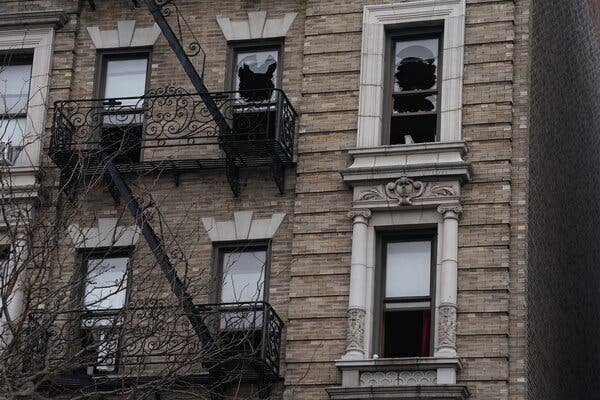A new Washington Heights-Dominican Cultural Historic District has been recommended for listing in the National Register of Historic Places by the New York State Board for Historic Preservation. The proposal, spearheaded by the Dominican Studies Institute at the City University of New York, aims to recognize Dominicans’ contributions to the neighborhood’s culture and history. However, there is a divide in the neighborhood, with some residents opposing the proposal, citing concerns about erasing the cultural contributions of other groups in the area. The board’s decision faced backlash and controversy, ultimately advancing the nomination to the National Park Service. The recognition would not restrict building changes but could make property owners eligible for preservation tax breaks.
The New York State Board for Historic Preservation recently voted to recognize a new Washington Heights-Dominican Cultural Historic District, following years of research led by the Dominican Studies Institute at the City University of New York. The proposed district would encompass all of Washington Heights east of Broadway, from West 155th Street up to Dyckman Street, acknowledging Dominicans’ contributions to the neighborhood’s culture and history.
The federal listing in the National Register of Historic Places would formally honor the Dominican community’s impact on Washington Heights, particularly during the late 20th century when Dominican immigrants played a significant role in shaping the neighborhood’s identity. However, the proposal sparked a divide among residents, with some opposing the designation, citing concerns about erasing the cultural contributions of other groups in the area.
Local residents, including social policy consultant Tanya Bonner and others, argued that Washington Heights is a multicultural community that should celebrate the diversity of its population, which includes African Americans, Puerto Ricans, Mexicans, Cubans, and Dominicans. They emphasized the need to recognize various historic sites and contributions in the neighborhood, beyond solely focusing on one ethnic group.
During the state board meeting, objections and public comments against the proposal were raised, with concerns about the lack of inclusion and community engagement in the decision-making process. Additionally, the demographic makeup of Washington Heights, where a majority of residents rent their homes, further highlighted the need for broader community involvement and representation.
The contentious vote by the state board ended in a tie, with Deputy Commissioner Daniel Mackay ultimately breaking the deadlock in favor of the proposal, advancing it to the National Park Service for further consideration. Despite the decision, dissenting voices expressed disappointment and frustration with the outcome, reflecting the deep-rooted divisions within the community regarding the historic district designation.
The proposed Washington Heights-Dominican Cultural Historic District aims to highlight the architectural and social significance of the area, showcasing landmarks like the Morris-Jumel Mansion and the Highbridge Water Tower. While the district’s history dates back to the early 17th century, the significance of Dominican social history in Washington Heights is primarily recognized from the 1960s onwards, coinciding with the influx of Dominican immigrants following political upheaval in their home country.
Critics of the designation, such as Manhattan Borough Historian Robert Snyder, raised concerns about the potential exclusionary nature of branding a neighborhood based on the contributions of a single ethnic group. They pointed to the ever-evolving demographics of New York City neighborhoods and the importance of acknowledging the diverse histories and cultures that have shaped them over time.
Despite the controversy surrounding the designation, many residents and community members expressed support for recognizing the Dominican community’s heritage in Washington Heights. The proposed historic district seeks to preserve and celebrate Dominican history and culture, aiming to ensure that their contributions are not overlooked or forgotten in the broader narrative of American history.
The push for a national designation of the Washington Heights-Dominican Cultural Historic District aligns with broader efforts to acknowledge and celebrate the diverse heritage of marginalized communities across the country. Through official recognition in the National Register of Historic Places, the Dominican community in Washington Heights hopes to secure a lasting legacy that honors their role in shaping the cultural fabric of the neighborhood and the nation as a whole.
Source: TheCity.NYC









